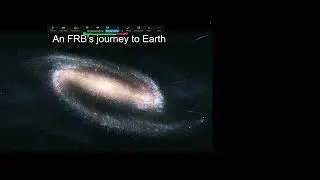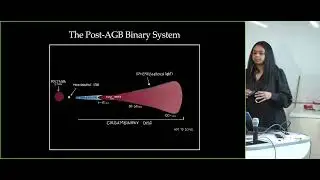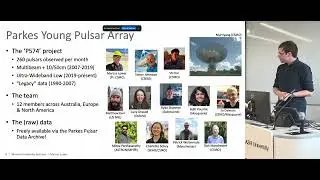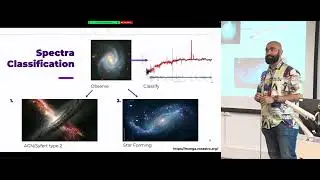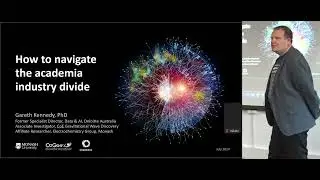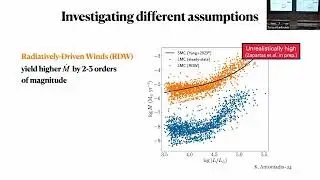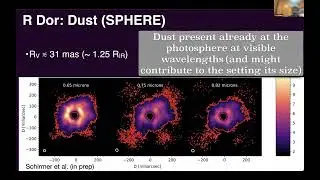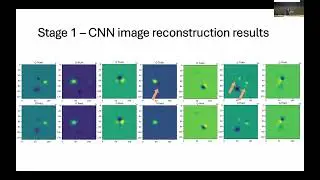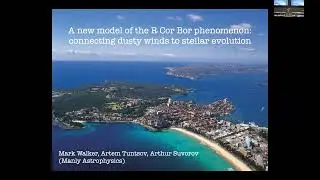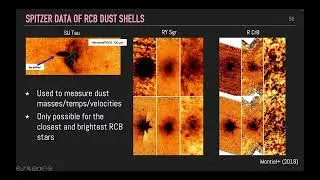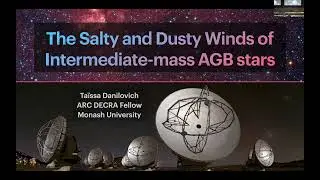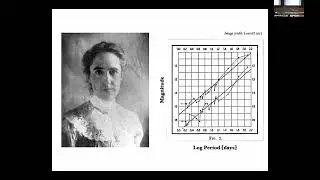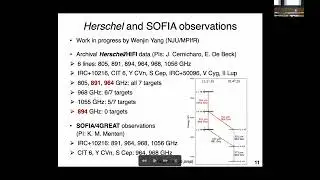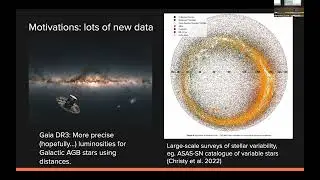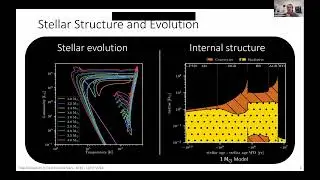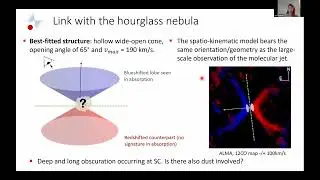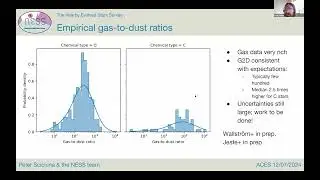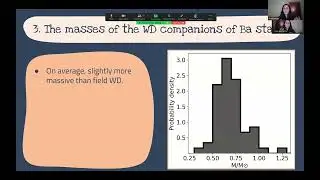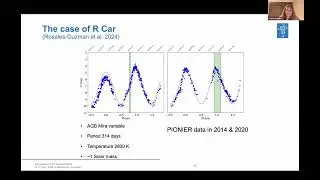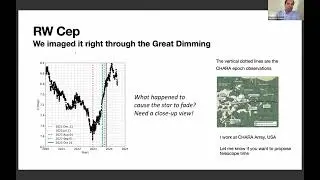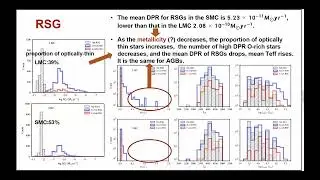ACES The Mira Distance Scale with HST and JWST - Caroline Huang (Harvard-Smithsonian CfA, USA)
Precise, cosmic distance ladder measurements made with Cepheids have revealed a 5σ discrepancy in the observed rate of expansion of the universe at the present day (the Hubble Constant) and the rate predicted by observations of the Cosmic Microwave Background assuming a standard
Lambda-Cold Dark Matter cosmology. With no obvious solutions to the tension, this discrepancy has been one of the strongest indications of physics beyond the Standard Model of Cosmology. As a result, the use of multiple, independent methods measuring the Hubble Constant is integral
to resolving or solidifying the tension. Mira variables – highly-evolved asymptotic giant branch stars – have gained attention as an alternative precision distance indicator and calibrator of Type Ia supernovae to the more widely-used Cepheid or Tip of the Red Giant Branch stars. In addition
to being highly luminous and ubiquitous, they are capable of being easily detected and characterized using only near-infrared and infrared observations, which is particularly advantageous in the era of JWST and Roman. In my talk, I will discuss current progress in the development of
the Mira distance ladder and its Hubble Constant measurements. In particular, I will focus on recent HST and JWST observations of Mira variables in M101, the nearest recent host galaxy of a Type Ia supernova.




![[VAC Undetected] TF2 Aimbot - Project Darkstorm [13/08/2012]](https://images.videosashka.com/watch/5mbVwZdgzPY)



